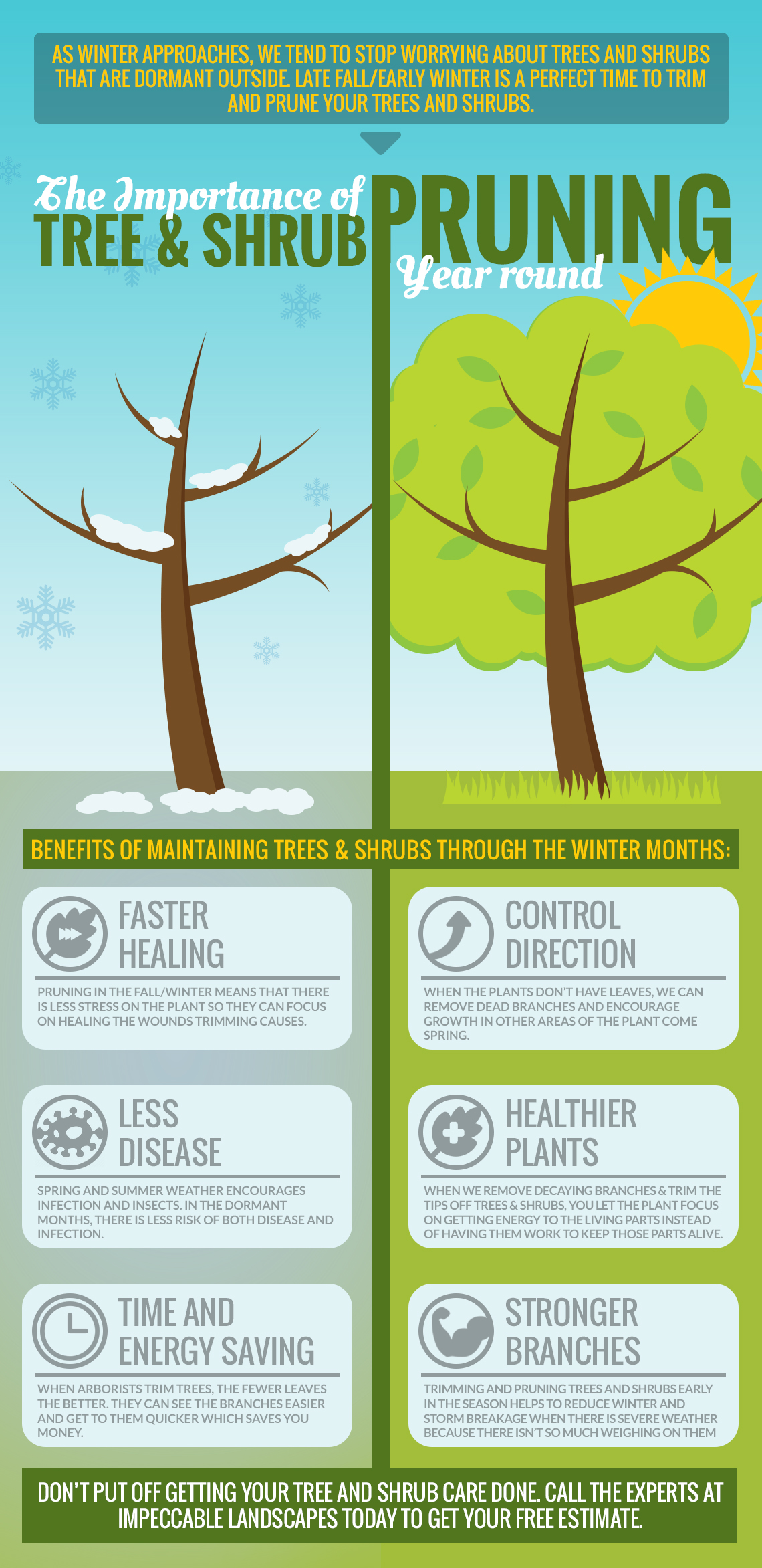Post-Tree Removal Treatment: Efficient Approaches For Landscape Remediation
Post-Tree Removal Treatment: Efficient Approaches For Landscape Remediation
Blog Article
https://root-killer-lowes49505.blogvivi.com/35910061/a-comprehensive-guide-to-the-expenses-of-tree-removal-provides-vital-budgeting-understandings-for-your-landscape-design-tasks-discover-the-elements-that-can-affect-your-costs -Hinrichsen Cochrane
After a tree's removal, your landscape might look fairly various, and it's vital to examine the consequences meticulously. You'll want to review the dirt disturbance and examine bordering plants for any type of indications of stress. Overlooking these variables can cause bigger troubles down the line. So, what should you make with those stumps and roots? And how do you select the best plants for your revitalized room? Let's explore these important actions.
Examining the Consequences: Reviewing Your Landscape
After a tree removal, it's important to analyze your landscape to recognize the impact it has on your backyard.
Start by analyzing the area where the tree stood. Try to find indicators of soil disruption, and inspect the bordering plants for any stress and anxiety or damages.
You must also remember of just how the removal has actually transformed sunshine direct exposure and air flow in your yard. This change can influence the development of neighboring plants, so it's important to review their health.
Consider the visual facets as well; the removal could develop an open space that you can upgrade.
Lastly, think of https://southtahoenow.com/story/09/30/2020/slt-council-candidate-keith-roberts that might occur from the tree's absence. Addressing these factors early will help recover equilibrium to your landscape.
Managing Stumps and Roots: Alternatives for Elimination
Once you've assessed the results of the tree removal, you'll likely require to tackle the stump and roots left behind.
You have a few choices for removal. One effective approach is stump grinding, where a professional utilizes a machine to grind the stump down to below ground degree. This method leaves minimal disturbance to your landscape.
If you choose a DIY technique, you can utilize a mix of digging and chemical stump eliminators. Just remember, this procedure can take some time and effort.
Conversely, think about leaving the stump as an all-natural feature, which can work as a special garden component or environment for wildlife.
Whatever you pick, addressing the stump and origins is necessary for recovering your landscape.
Choosing the Right Plant Kingdoms for Your New Area
As you evaluate your freshly cleared space, selecting the right plants can dramatically enhance your landscape's elegance and capability.
Start by taking into consideration the sunlight and soil conditions. For sunny areas, opt for drought-resistant plants like lavender or succulents. In shaded places, brushes and hostas grow well.
Think about the size and growth routines of your plants; mix perennials and annuals for seasonal variety. Don't neglect to integrate native species; they need much less upkeep and support regional wild animals.
Team plants in weird numbers for a more all-natural appearance and create layers for aesthetic deepness.
Lastly, ensure you have a mix of colors and structures to maintain your landscape lively throughout the periods.
Satisfied planting!
Verdict
To conclude, recovering your landscape after tree removal is a fulfilling process. By analyzing the consequences, resolving stumps and roots, and choosing the right plants, you'll produce a flourishing setting. Don't neglect to integrate erosion control procedures to secure your soil. With a little effort and care, you can transform your space right into a dynamic garden that improves your home. Welcome the opportunity to rejuvenate your landscape and enjoy the charm of nature right in your yard!
